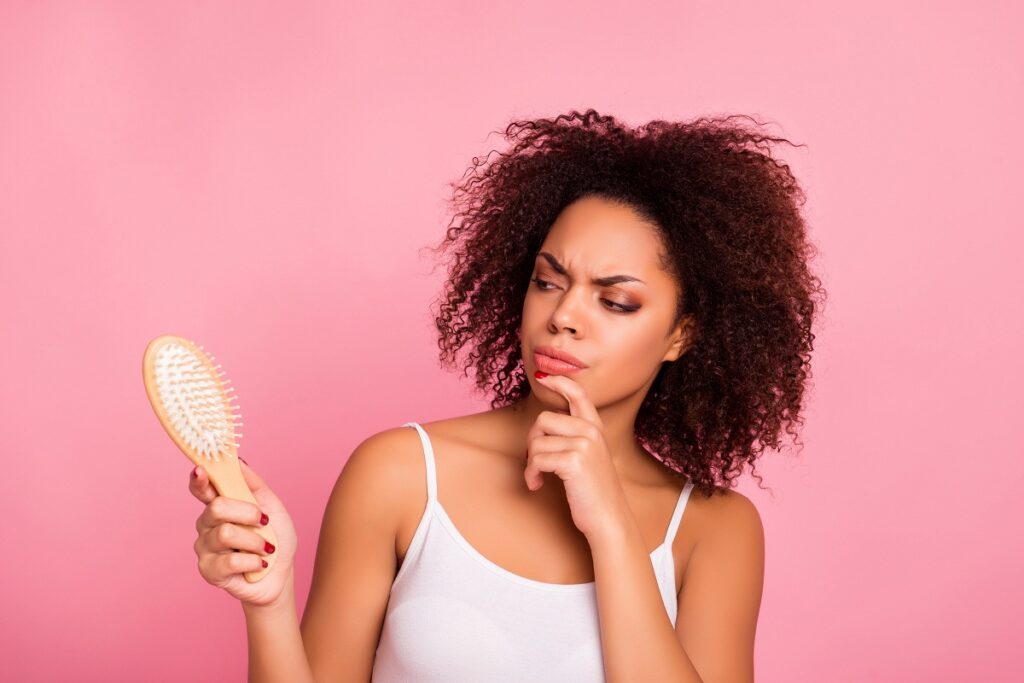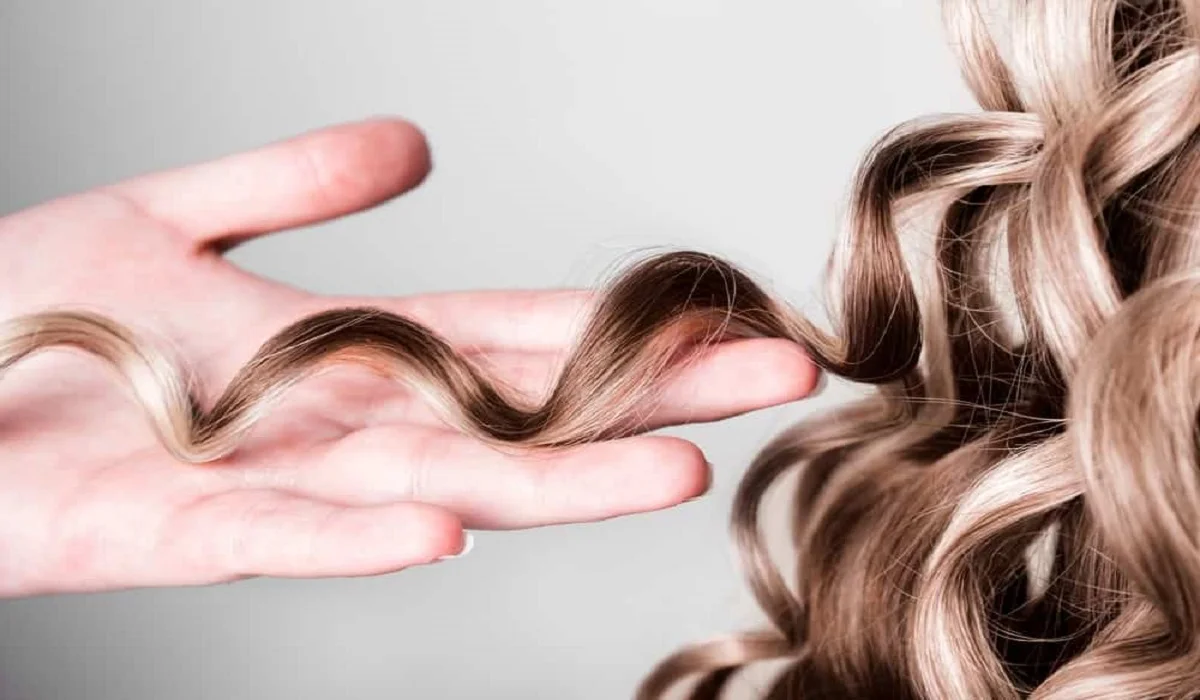
Color-treated hair requires extra care and attention to maintain its vibrancy and overall health. One common challenge faced by individuals with colored hair is dealing with tangles, which can be frustrating and lead to hair breakage. Detangling color-treated hair requires a gentle and targeted approach to minimize damage and preserve the integrity of the hair strands. In this article, we will explore the secret to detangling color-treated hair, providing you with essential tips and techniques to keep your tresses healthy, vibrant, and tangle-free.
Choose the Right Tools:
Detangling color-treated hair starts with selecting the right tools. Opt for a wide-toothed comb or a brush specifically designed for detangling. These tools have wider spaces between the teeth, which helps to prevent excessive pulling or snagging that could lead to breakage. Avoid using fine-toothed combs or brushes with harsh bristles, as they can cause damage to the hair cuticles and disrupt the color-treated strands.
Start with Pre-Treatment:
Before detangling your hair, it’s beneficial to give it a pre-treatment to minimize tangles. Apply a small amount of a lightweight, leave-in conditioner or a detangling spray to damp hair. These products work to smoothen the hair cuticles, reducing friction and making it easier to comb through the strands. Gently distribute the product from mid-length to the ends of your hair, focusing on areas prone to tangles.
Divide and Conquer:
To effectively detangle color-treated hair, it’s essential to divide it into manageable sections. This technique allows you to focus on one section at a time, minimizing the stress and tension on the hair. Start by parting your hair into two sections using a center or side parting. Then, further divide each section into smaller subsections, depending on the thickness of your hair. By detangling smaller sections, you can prevent unnecessary pulling and breakage.
Gentle Detangling Technique:
When detangling color-treated hair, it’s crucial to adopt a gentle technique to avoid causing damage. Begin by starting at the ends of your hair and gradually work your way up towards the roots. Hold the hair gently with one hand, supporting it near the roots to prevent unnecessary strain on the scalp. Use slow, deliberate strokes with your wide-toothed comb or detangling brush, releasing any tangles as you go. Avoid yanking or forcefully pulling through knots, as this can lead to hair breakage and loss of color intensity.

Utilize a Detangling Product:
If you encounter stubborn tangles, it can be helpful to incorporate a detangling product into your routine. Look for a detangling spray or leave-in conditioner specifically formulated for color-treated hair. These products contain ingredients that provide slip, making it easier to glide through the hair without causing damage. Apply the detangling product directly to the tangled area and use your fingers or a wide-toothed comb to gently work through the knot, starting from the ends and gradually moving upwards.
Protective Hairstyles:
Implementing protective hairstyles can significantly reduce the risk of tangles for color-treated hair. Styles such as braids, buns, or twists can keep your hair secure and minimize friction caused by movement and contact with clothing. When opting for a protective style, ensure that it is not too tight, as this can lead to tension and breakage. Additionally, using satin or silk hair accessories, such as scrunchies or headbands, can help reduce friction and prevent tangles.
Regular Maintenance:
Maintaining a regular hair care routine is essential to keep your color-treated hair tangle-free. Use a color-safe shampoo and conditioner specifically formulated for color-treated hair. These products help to preserve the vibrancy of your hair color and provide moisture to prevent dryness and tangles. Avoid overwashing your hair, as excessive washing can strip away natural oils that keep your hair hydrated and protected. Additionally, consider incorporating a deep conditioning treatment into your routine once a week to nourish and strengthen your hair.
Minimize Heat Styling:
Excessive heat styling can contribute to hair damage and tangles, particularly for color-treated hair. Heat can weaken the hair cuticles and strip away moisture, leading to dryness and increased vulnerability to tangles. Whenever possible, minimize the use of heat styling tools such as flat irons, curling irons, and blow dryers. If you need to use heat, apply a heat protectant spray or serum before styling to provide a barrier of protection.
Protect Your Hair from Environmental Factors:
Environmental factors such as sun exposure, wind, and humidity can impact the condition of color-treated hair and contribute to tangles. To protect your hair, wear a hat or use a scarf when spending extended periods in the sun. If you live in a humid climate, consider using anti-humidity hair products to combat frizz and prevent tangles caused by moisture in the air.
Regular Trims:
Regular trims are essential for maintaining healthy and tangle-free color-treated hair. Trimming the ends of your hair every 6 to 8 weeks helps to prevent split ends and breakage, which can contribute to tangles. Removing damaged or frayed ends also improves the overall appearance and manageability of your hair.
Detangling color-treated hair requires a gentle and targeted approach to preserve the integrity of the hair strands and minimize damage. By choosing the right tools, utilizing pre-treatments and detangling products, adopting a gentle technique, and incorporating protective hairstyles, you can keep your color-treated hair tangle-free. Additionally, maintaining a regular hair care routine, minimizing heat styling, protecting your hair from environmental factors, and scheduling regular trims are essential practices for healthy, vibrant, and manageable color-treated hair. Remember, patience and care are key when it comes to detangling your hair, so take your time and be gentle to maintain the beauty and integrity of your color-treated tresses.








